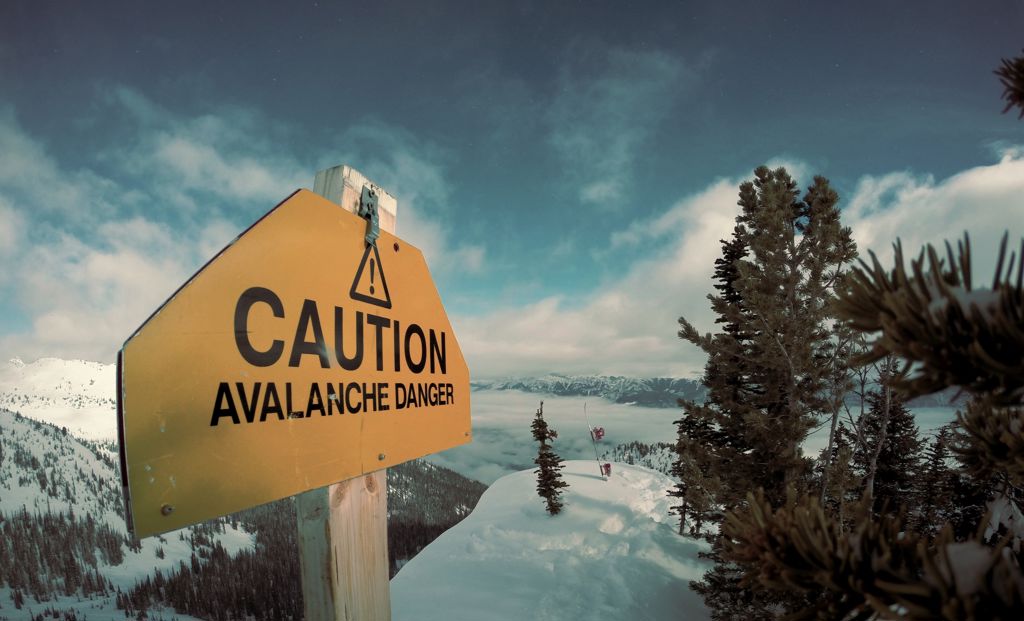Recalibration of an avalanche model with entrainment
The main objective of this master thesis is to find out how to optimally choose the friction parameters of an improved snow avalanche model.

In landslide risk assessments concerning land-use planning and construction matters, a quasi-3D numerical model based on Voellmy's friction law from 1955 is often used (RAMMS, MoT-Voellmy, DAN-3D). The model is empirical, and its friction parameters μ, k are not directly linked to the physical properties of the snow. Therefore, they must be calibrated using known events.
The calibration used in RAMMS (and optionally in MoT-Voellmy) applies to the model without the entrainment of snow. However, entrainment is a very important process in the dynamics of gravity-driven mass movements (debris flows, avalanches, .. ), and MoT-Voellmy offers a simpleentrainment model. To use it in consultancy work, there is a great need for a new calibration of the model with entrainment. Validation of the built-in model for increased resistance in forests is also needed.
A main problem in recalibrating avalanche models is that there are few events where the eroded mass and snow properties (height, density, shear strength) are known. However, plausible values can be guessed in many cases using historical and meteorological data. In the same way, there are relatively few documented incidents of landslides through forests where the density of the forest and the average trunk diameter are known.
The assignment consists of the following steps:
- Selection of landslide events from literature, NGI's database of extreme landslides and reports or external databases. This included avalanches in the forest.
- Review of historical information about these landslides
- Analysis of the weather conditions that led to the avalanche, estimation of the characteristics of the snow cover, and possibly a collection of data on the characteristics of the forest
- Parameter study for each landslide, with and without entrainment
- Comparison of the optimal parameters with and without entrainment and preparation of a table of μ, k in dependence on avalanche size and terrain characteristics, as well as validation of the model for avalanches flowing through the forest.
The assignment can potentially lead to a publication in a journal with peer review.
Data:
- Descriptions or reports of observed landslides
- Maps, digital terrain models (must be obtained in part), SAT-SKOG dataset
- Information on regional/local weather and snow conditions in the weeks before the event (must be obtained)
- Avalanche model MoT-Voellmy


